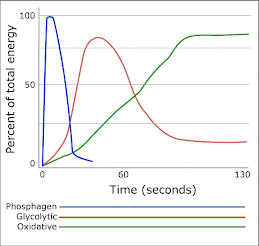Flexibility is the range of motion possible around a specific joint or series of articulations. Flexibility is specific to a given joint or movement. A person may not be able to function normally if a joint lacks normal movement. The ability to move a joint through an adequate range of movement is important for daily activities in general as well a sports performance. For example, a sprinter may be handicapped by tight, inelastic hamstring muscles since the ability to flex the hip joint will be limited, thus shortening stride length.
Most leisure or recreational activities require only normal amounts of flexibility. The idea that good flexibility is essential for successful performance is based on anecdotal rather than scientific evidence.
Adequate range of movement may be more important for long term injury prevention. Individuals involved with physical activity who have poor flexibility (specific or general) risks exceeding the extensibility limits of the musculoskeletal unit. Once flexibility is assessed and flexibility insufficiency are identified, a stretching program can be customized, emphasizing those areas in need of improvement.
For your blog this week let me know how often you stretch, what areas of your body need it the most, what kind of stretches are you doing, and how long are you holding your stretches.
